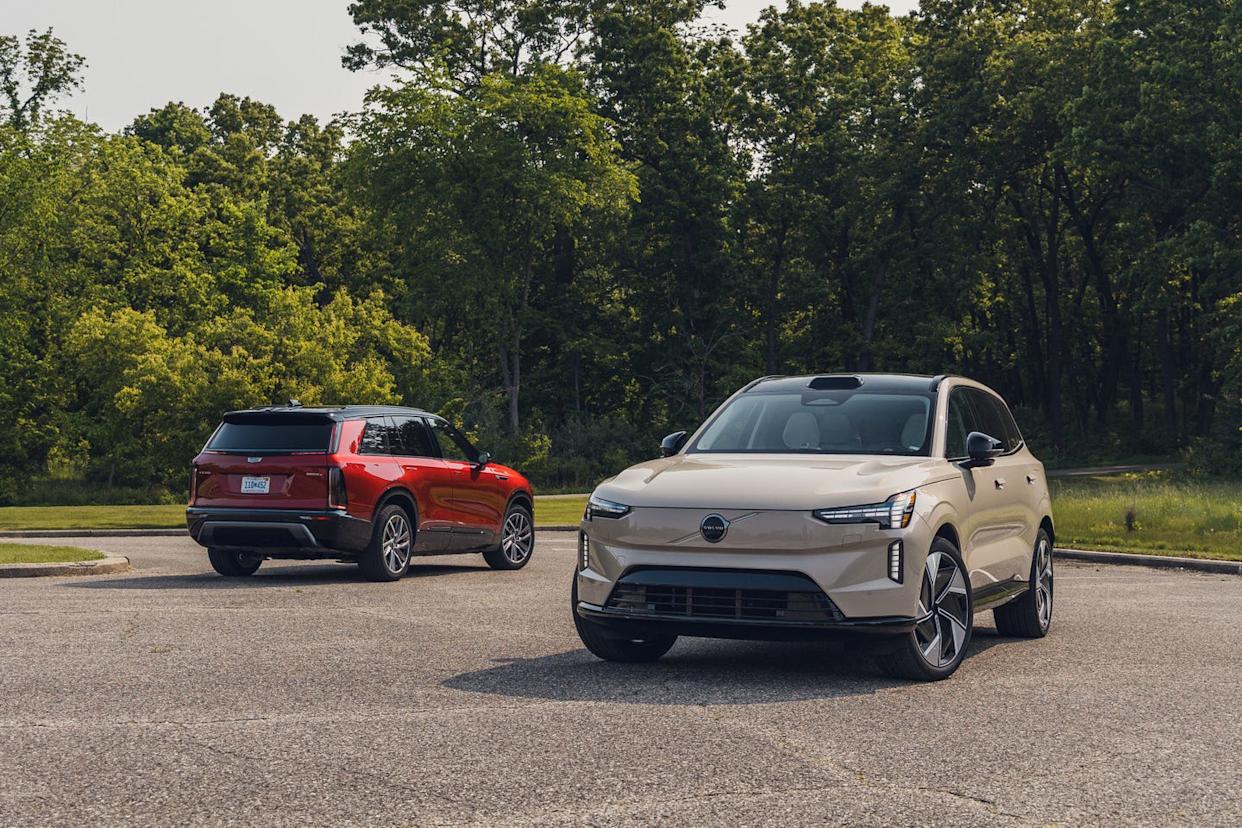
Three-row SUVs have been one of the lagging segments in the switch to EVs, but that's starting to change as new entrants join the field. The Cadillac Vistiq and the Volvo EX90 are both recent additions, entering at the pricey end of the spectrum. Vistiq starting prices range from $79,090 to $98,190 across four trim levels. The EX90 spans $81,290 to $90,640, and it too has a four-model lineup. Our representative Vistiq was the Sport, which starts just $500 above the base Luxury trim and came in at $82,215 with options. Our EX90 was the Twin Motor Performance Ultra with an as-tested price of $94,640.
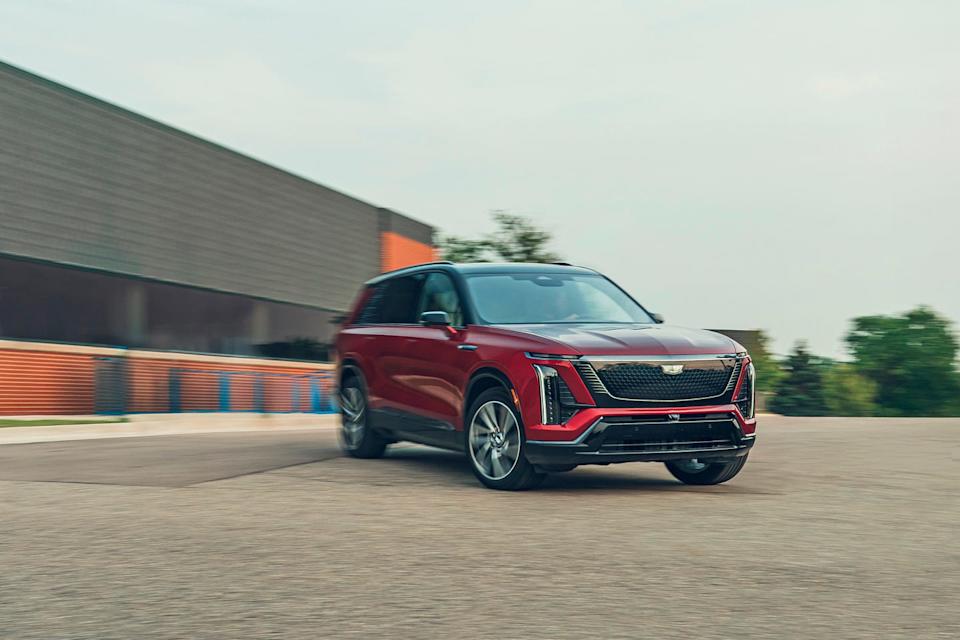
Exterior and Interior
Neither EV's exterior styling breaks significant new ground for its maker. Instead, they fit right in with the familial look. Unless you're looking at the EX90 from the front, where you find a body-colored fascia where the grille typically would be, the vehicle is a virtual doppelgänger for the gas-powered XC90, which has seen only minor styling tweaks in its decade on the market. The Vistiq doesn't have a gas-engine counterpart in the Cadillac lineup, but it has a lot of Escalade vibes—it's only if you see it next to Cadillac's range topper (whether in standard or battery-electric IQ form) that you realize the 'Slade is a full order of magnitude larger.
These two SUVs may be priced similarly, but the serving sizes are not quite the same. Both fall broadly into the mid-size realm, but Cadillac dishes out a three-row with a bigger, American-size footprint, while Volvo hews to a more Euro scale. The Caddy sits astride a 4.3-inch-longer wheelbase and stretches 7.3 inches longer overall. It's also more than two inches taller and wider.
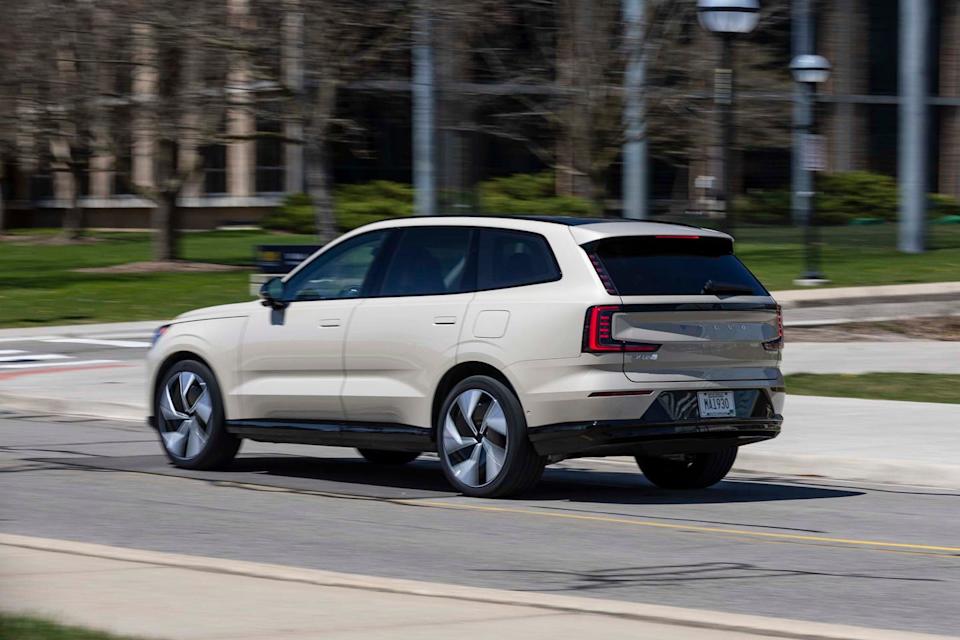
Volvo leans harder than ever into the Scandinavian modern aesthetic with the EX90's interior and bolsters the design with well-considered materials that have a quality look and feel. This is a great place to sit. But then Volvo torpedoes the functionality by going with an EV-cliché ultraminimalist driver interface. Nearly all switchgear is contained within the touchscreen, including the climate controls and the positioning of the side mirrors and steering wheel. If you dare look at the screen for more than a second or two—as you must—you get a beeping admonishment to keep your eyes on the road. Fortunately, that nagging can be switched off.
The Cadillac's interior is nicely styled, and while its materials look pleasant, they don't push the envelope in the way the Volvo does. The Vistiq requires lots of interaction with its touchscreen, but there's also a rotary controller, physical switches for the mirrors, and four window switches rather than just two. Both cars have a glass roof, but Cadillac provides an actual shade, so the interior doesn't bake in the sun (that's not much of a consideration in Sweden, perhaps). Overall, the Volvo interior is prettier and has more interesting materials, but the Cadillac's is roomier and easier to live with.
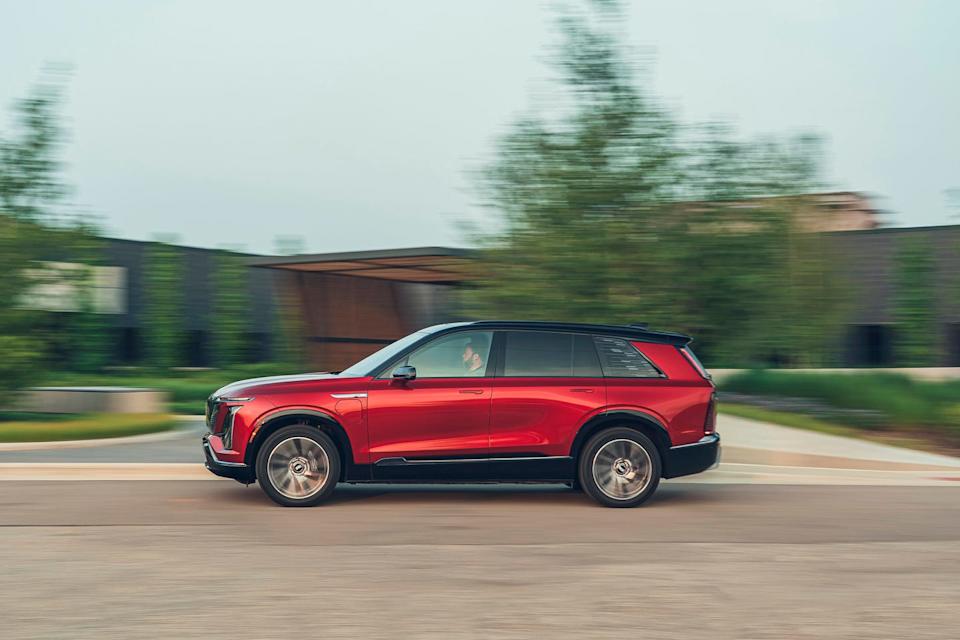
Cadillac Vistiq Sport
HIGHS: Blazingly quick, accomplished suspension tuning, superior value.
LOWS: Longer braking distance, lower skidpad grip, slower max charging rate.
VERDICT: Who needs an Escalade?
We loved the Volvo's natty-looking woven-cloth seats, but the EX90's narrow front chairs were less comfortable than the Cadillac's. The EX90's second row is accommodating if not overly huge, and the seats tilt and slide for access to the third row. That third row, however, is miserly in its space for feet, knees, and legs. Second-row passengers will have to scoot their seats forward if you're going to get anyone bigger than a middle-schooler in the way back.
The Vistiq's greater size is immediately apparent when you slide behind the wheel. The large front seats are more comfortable than the Volvo's narrow chairs. The Caddy feels wider and roomier both up front and in the second row, and passenger-volume measurements bear that out. Even here, however, the third row disappoints, lacking legroom, kneeroom, and footroom unless the second row slides forward halfway, although it's not as cramped as in the EX90.
The bigger car also had the edge in cargo space, with the Vistiq offering 15 cubic feet behind the third-row seat to the EX90's 13, and a max of 80 cubic feet with all rear seats folded, beating the EX90's 71 cubes.
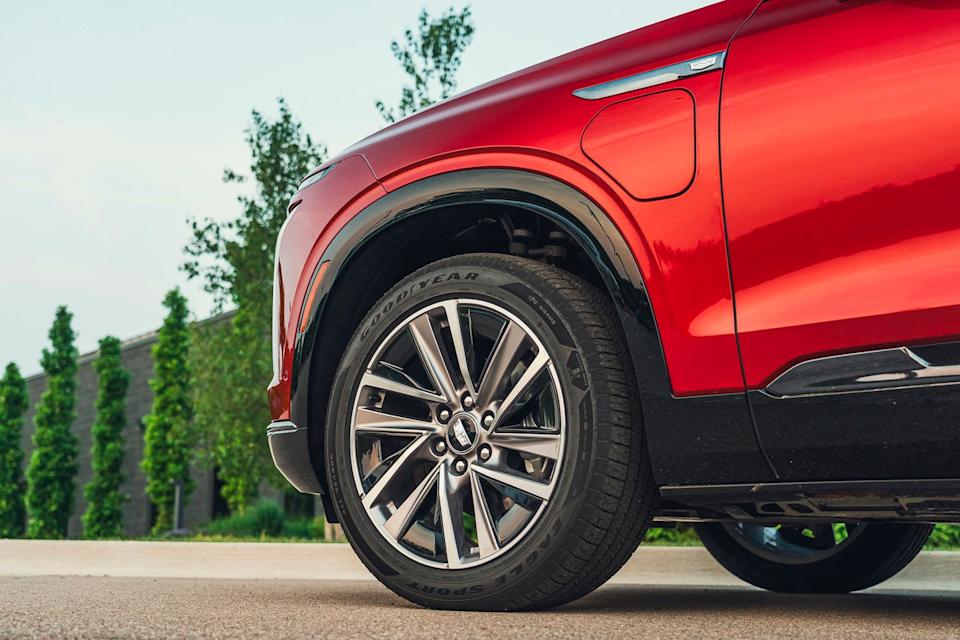
Powertrain and Performance
The EX90 came brandishing its higher-zoot powertrain with 510 horsepower and 671 pound-feet of torque (versus the 402-hp base unit). All Vistiq models have the same output: 615 horsepower and 649 pound-feet, available in the Velocity Max drive mode.
The Caddy's higher pony count translated to quicker acceleration, with a rather absurd 3.6-second 60-mph time, a half-second ahead of the Volvo. And yet, unlike some high-horsepower EVs, the Vistiq doesn't give the impression of frenetic acceleration, and its measured accelerator response may be preferable in a vehicle that often carries a load of passengers.
Volvo EX90 Twin Motor Performance Ultra
HIGHS: Art-house interior, impressive athleticism, speedy charging.
LOWS: All-touchscreen interface, stingy third row, slim-fit driver's seat.
VERDICT: The three-row Volvo, gone electric.
Both cleared the all-important 300-mile EPA range bogey, with the Cadillac adding five miles for good measure (although higher-trim Vistiqs are 300 even). And in our 75-mph real-world highway range test, both cars managed a 250-mile result. Unsurprisingly, their battery sizes are nearly the same at 107 kWh for the Swede and 102 kWh for the American.
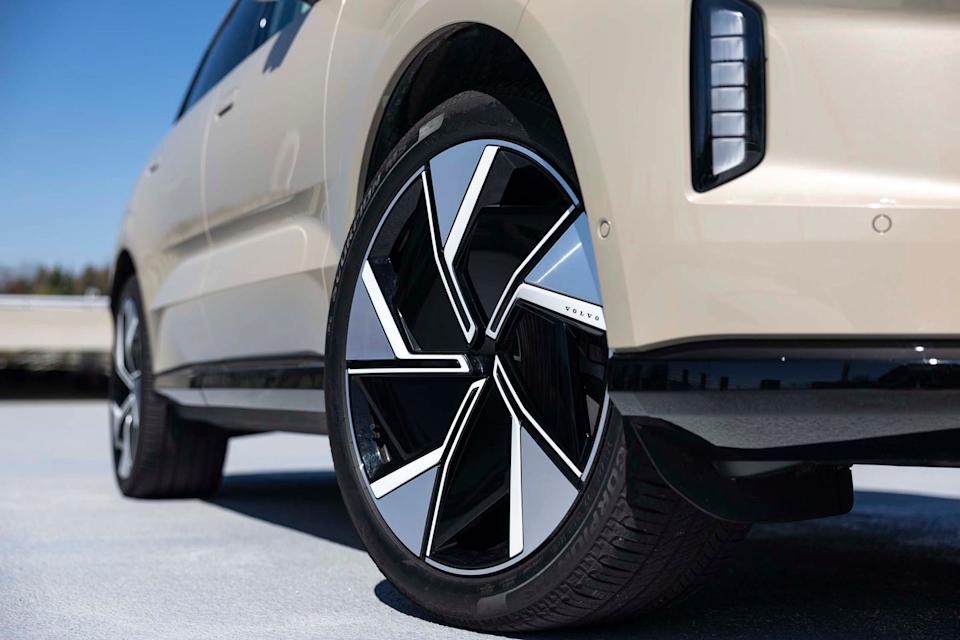
The Cadillac has a 400-volt architecture, and its peak DC fast-charging rate is a claimed 190 kilowatts, which is slower than the Volvo's 250 kilowatts. For AC charging, Volvo provides an 11.0-kW onboard charger, while at Cadillac, buyers can upgrade the standard 11.5-kW charger to a 19.2-kW unit.
Like other GM EVs, the Vistiq allows the driver to hold the left paddle for one-time max regen without switching modes. The EX90 offers auto regen, no regen, or one-pedal mode, with the driver using the touchscreen to choose.
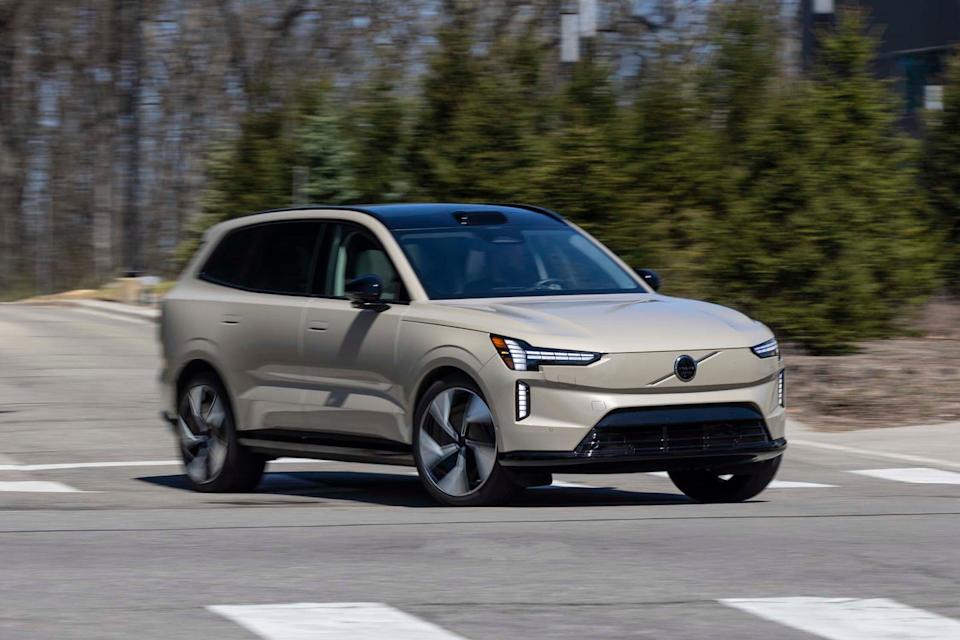
Driving Experience
Neither EV is hindered by its three-ton-plus curb weight—a distressingly typical metric—and both of these EVs acquit themselves well in the ride and handling department. Our sample Volvo boasted more sophisticated suspension hardware than the Cadillac, with dual-chamber air springs (included with the Ultra spec) and adaptive dampers. It rides well and stays nice and flat around corners, with the selectable Performance all-wheel-drive mode imparting a feeling of athleticism. Some drivers found the controls touchy, however.
The Cadillac has a real sense of substance from behind the wheel. The chassis is very well tuned and features standard adaptive dampers, although air springs are reserved for the Premium Luxury and Platinum trims. Yet even without them, the Vistiq exhibits good body control and appropriate steering effort—not overly sporty but nicely buttoned down. The ride in the default Tour mode is great but somewhat less so in Sport.
Both EVs are quiet, but the Volvo puts a bit more cotton in your ears, as we measured 66 decibels at 70 mph versus 67 for the Cadillac.
And the Winner Is...
These two EVs were closely matched. The Cadillac eked out a victory, but in many categories, the two entrants' scoring was right on top of each other. So were the results in the all-important range test, reflecting their near-identical EPA figures. Despite being a lower-spec trim level, the Vistiq packs more features and amenities, and its lower price was also an advantage. The Cadillac also had a more usable third-row seat, quicker acceleration, and less-annoying controls. The Volvo's wins were in chassis performance (with its superior grip and shorter stopping distances), interior design and materials, quietness, and ride quality. Either SUV is an accomplished and upscale family hauler for those ready to take the EV plunge.
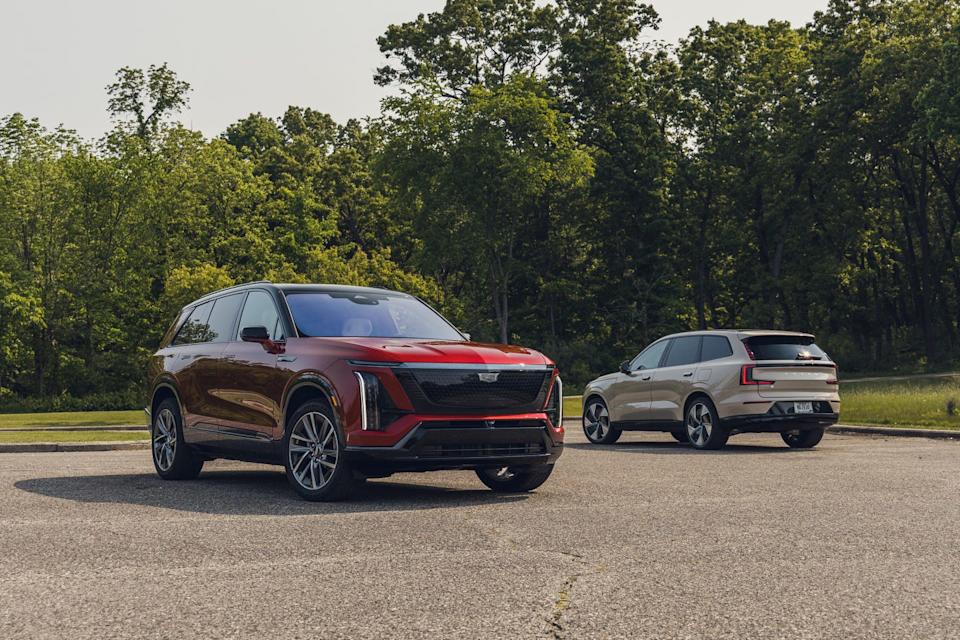
You Might Also Like

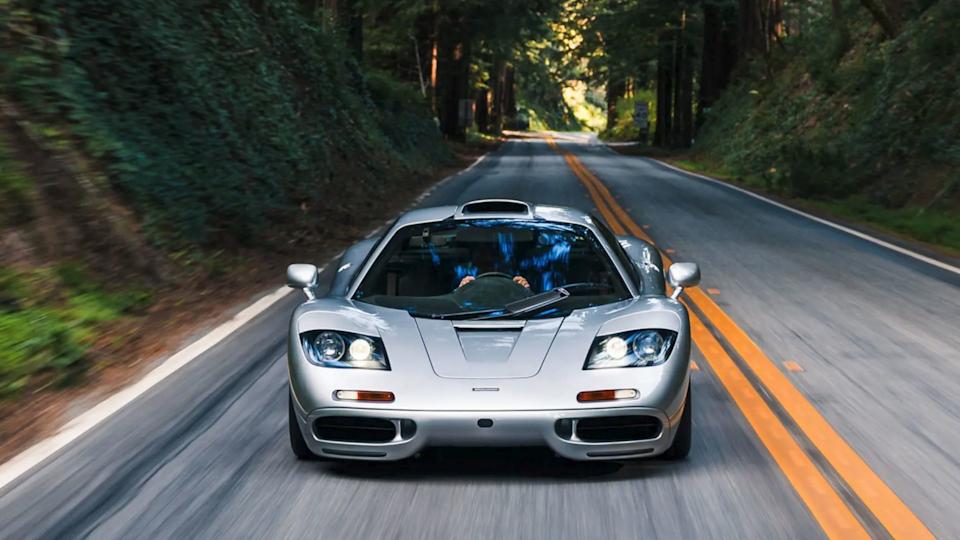

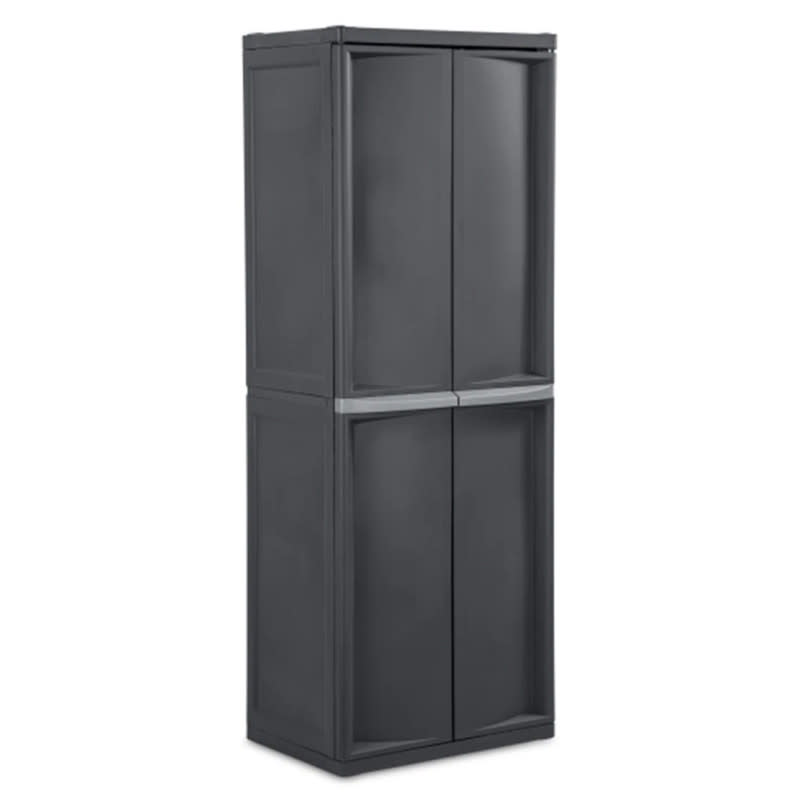



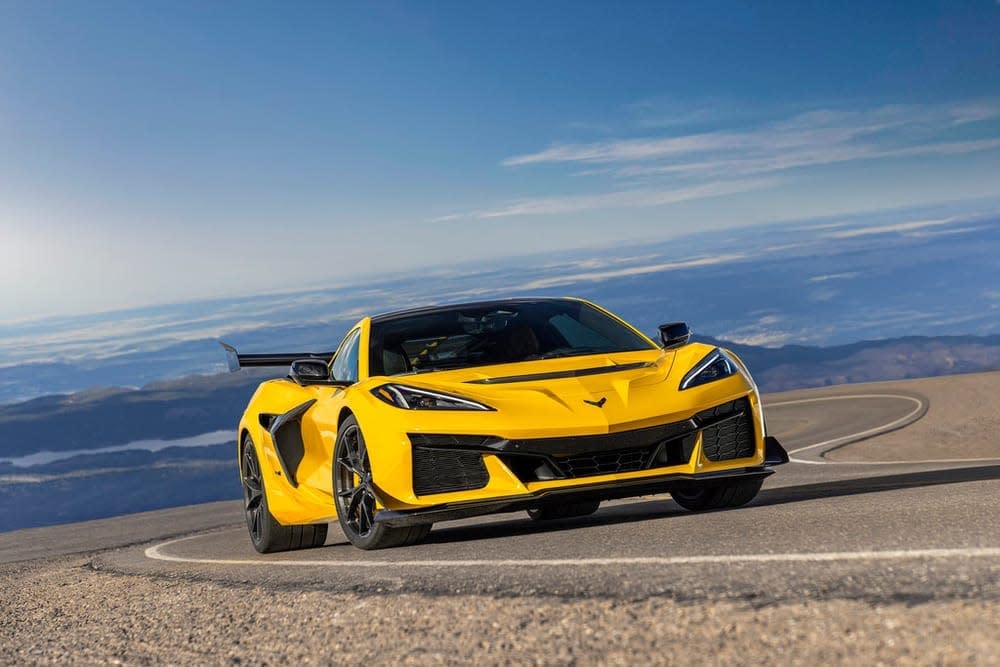
Comments